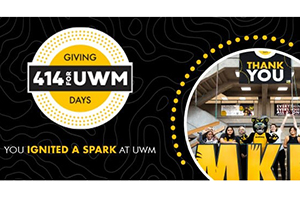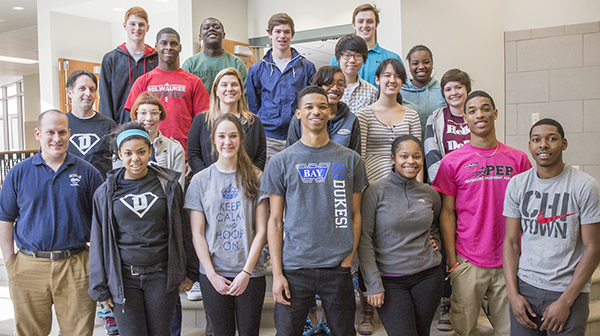
Open Enrollment programs in Wisconsin are destroying a successful voluntary integration program in Milwaukee.
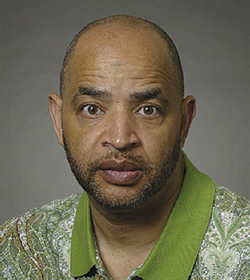
That’s one of the contentions in a newly published case study of Milwaukee’s Chapter 220 program by UWM School of Education faculty members Michael Bonds, Marie Sandy and Raquel Farmer-Hinton. Bonds also is president of the Milwaukee School Board. The study was published in the journal Education and Urban Society in fall 2013.
Milwaukee’s 40-year-old Chapter 220 program is the oldest voluntary public school integration transportation program in the United States.
“It was set up by the state legislature to alleviate hypersegregation,” says Bonds, allowing students in Milwaukee Public Schools (MPS), which are predominately black, to attend one of 23 suburban schools, most of which are predominately white. The program also allows suburban students to choose MPS schools.
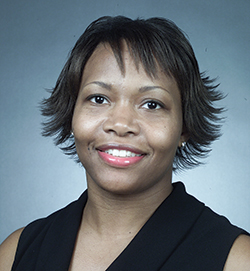
“Unlike many voluntary, choice-oriented desegregation transportation plans that were created under court order, the Chapter 220 program was created as a voluntary school integration program by the Wisconsin Legislature in 1975 with the goal of promoting cultural and racial integration in education on a voluntary basis without cost to local taxpayers,” the authors write.
In its early years, Bonds adds, the Chapter 220 program was a model for other regions on how to work toward integration. Most of the students participating were African American students who attended schools in predominately white suburban districts.
“Milwaukee is recognized as one of the most comprehensive public school voluntary student transfer programs in the country,” the authors write.
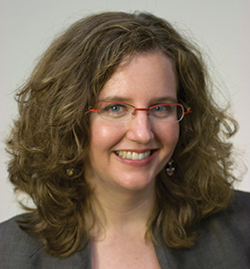
But the program’s success has been eroded by more recent state policies, such as Open Enrollment, and by changes in funding structures and transportation districts. These types of changes “that appear to be race neutral on the surface can contribute to undermining race-specific programs designed to integrate schools,” Bonds and his co-authors contend.
Approved by the legislature in 1998, Open Enrollment allowed parents to enroll their children in any public school district in Wisconsin outside of their residence district. Unlike Chapter 220, however, the program has no integration goals and, more important, parents rather than school districts provide the transportation in most cases.
As a result, according to the study, the program attracts more white students fleeing city schools than minority students, whose parents often don’t have the time or money to drive them to outlying suburbs.
At the same time, suburbs have financial incentives to accept more Open Enrollment students rather than Chapter 220 students, according to Bonds. Open Enrollment reimburses the school districts the same year as students are accepted into the program, while 220 doesn’t reimburse them until the next year.
MPS’ adoption of transportation regions in 2001-02 also contributed to the decline in the numbers of 220 students, the researchers say. Students can now apply only to suburban districts that align with the transportation region in which they live.
As a result, says Bonds and his co-authors, enrollment in Chapter 220 has dropped, while Open Enrollment numbers continue to increase. As of 2011, more than twice as many students were in Open Enrollment as in Chapter 220. And, Chapter 220 numbers dropped from a high of more than 5,900 students in 1993-94 to just 2,025 in 2011-12.
At the same time, Bonds and his fellow researchers point out, the programs’ racial makeup is drastically different.
More than 60 percent of students in the Open Enrollment program are white, with 24 percent African American and 10 percent Hispanic, 4 percent Asian and 1.2 percent Native American. In contrast, the majority of students in the 220 program are people of color: 60 percent African American, 20 percent Asian, 20 percent Hispanic, 1 percent Native American. None are white.
“Milwaukee had a model program, and we are looking at how that essentially became imperfect over time,” says Bonds. And, he adds, the policy decisions that led to the decline in Chapter 220 and setbacks to integration were deliberate. “No, it didn’t happen by chance,” he says bluntly when asked about that issue.
The changes are part of what Bonds sees as a general retreat from affirmative action and setbacks to race relations in general, even during the Barack Obama administration. Perhaps because Obama was elected as the first black president, he says, “people think the issues don’t exist anymore, but they do. We are years away from true equality.”
The researchers conclude that additional financial support and transportation are needed to keep the 220 program viable: “It appears that the implementation of free choice again privileges the self-interest of white students and parents over those of students and families of color. Changing this picture will require changing our collective will to do something about it, and to support programs such as the 220 program.”
That program, they write, “has not ended segregation, but has improved the racial composition of schools to increase the likelihood that all students receive an equal education.”


